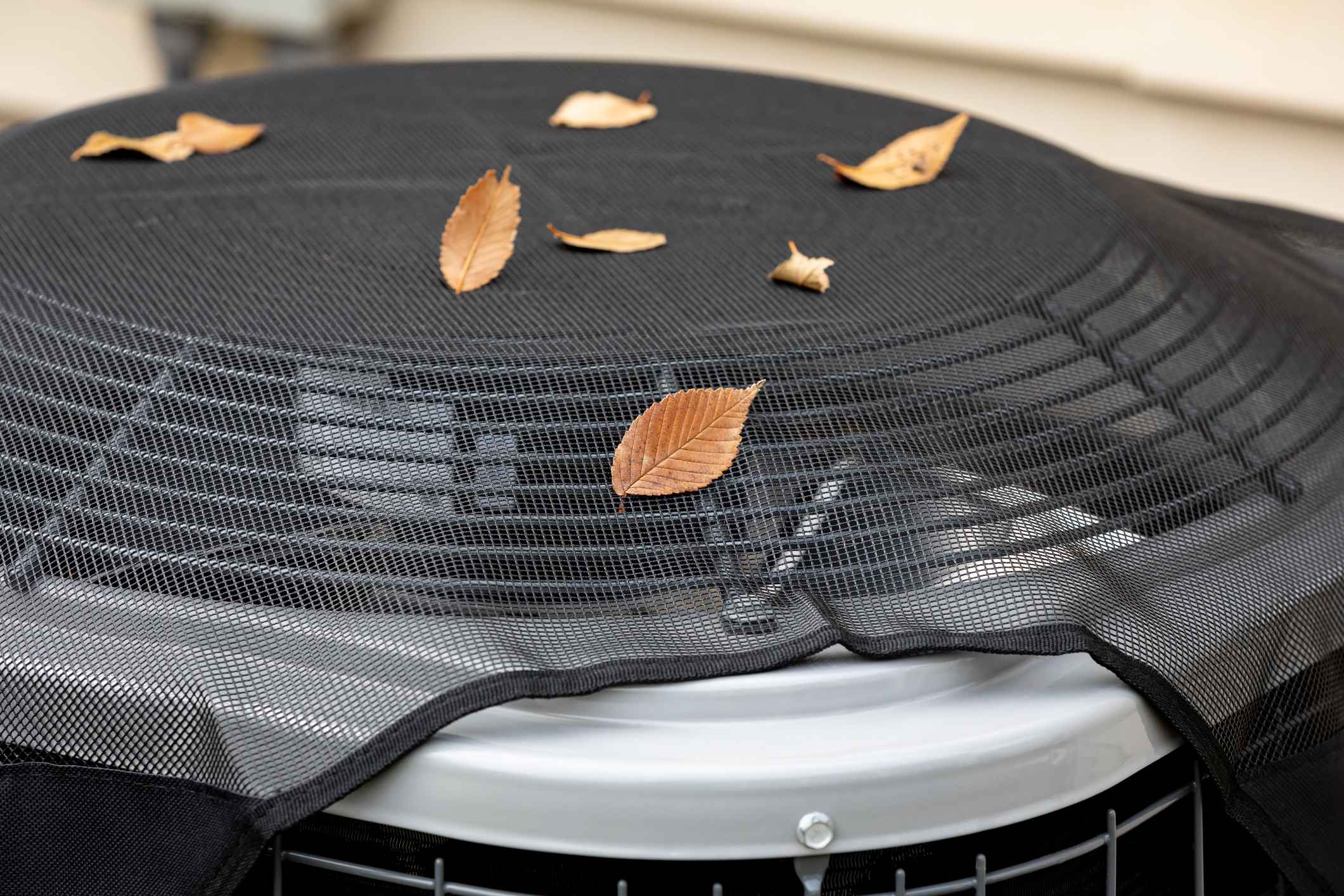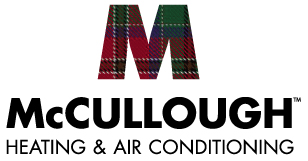4.8 Google Rating
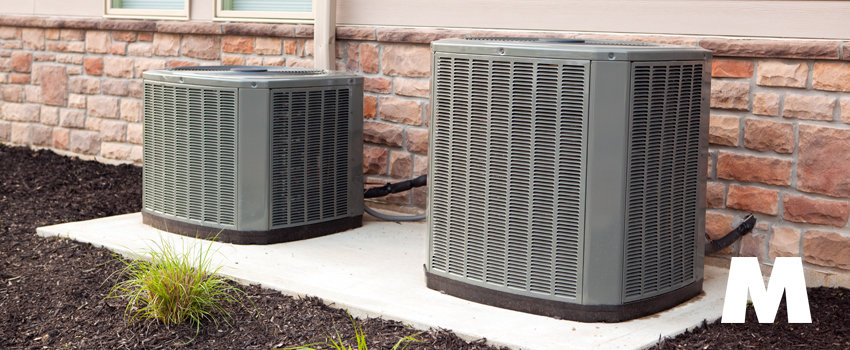
The Importance of Proper AC System Design
Proper air conditioning system design is crucial to ensuring your home stays comfortable, energy-efficient, and free from frequent repairs. An AC system that’s designed specifically for your home’s needs operates more efficiently, provides better comfort, and can even extend the system’s lifespan. For Austin homeowners, where summers are long and hot, having a well-designed AC system is even more important. Here’s why AC system design matters and what goes into creating a system that delivers optimal cooling and efficiency.
1. Achieving Optimal Cooling Performance
One of the primary goals of a properly designed AC system is to provide consistent, comfortable cooling throughout your home. A well-designed system takes into account your home’s layout, insulation, and specific cooling needs to ensure that every room is comfortable, with no hot or cold spots.
When a system is improperly sized or poorly designed, some areas may receive too much cooling, while others don’t get enough. This imbalance not only affects comfort but also puts unnecessary strain on the system, as it struggles to maintain a consistent temperature. Professional AC design considers factors like airflow, room size, and load calculations to ensure each room gets the right amount of cooling, achieving balanced comfort throughout the house.
2. Avoiding an Oversized or Undersized System
Choosing the right-sized unit is one of the most critical aspects of AC design. An oversized system cools the home too quickly, causing it to cycle on and off frequently. This short cycling not only reduces efficiency but also increases wear and tear on components, potentially leading to more frequent repairs and a shorter system lifespan.
On the other hand, an undersized system will struggle to keep up with the demand, especially during peak summer heat. This causes the AC to run continuously, which can result in higher energy bills, inadequate cooling, and excessive wear on the system. Proper sizing, based on a load calculation that considers the square footage, insulation, and other heat-gain factors in your home, helps ensure that the AC unit is neither too large nor too small, maximizing both comfort and efficiency.
3. Enhancing Energy Efficiency and Lowering Costs
Energy efficiency is a key benefit of proper AC design, which not only keeps your energy bills manageable but also reduces your carbon footprint. A well-designed AC system includes energy-efficient components and considers aspects like insulation, ductwork design, and airflow to optimize performance.
In addition to choosing the right size, an efficient AC design includes high SEER (Seasonal Energy Efficiency Ratio) ratings, modern thermostats, and zoning if needed. Each of these factors can reduce energy usage and cut costs over time. Zoning, for instance, allows you to control temperatures in different areas of your home independently, so you’re not cooling rooms that aren’t in use. When all these components work together in a well-designed system, you get a more energy-efficient AC that keeps your home cool without overburdening your utility bill.
4. Improving Indoor Air Quality
A properly designed AC system also impacts indoor air quality, which is especially important for homes in Austin with high pollen counts and other allergens. Poorly designed systems can have issues like inadequate airflow, improper humidity control, and poor filtration, all of which contribute to lower indoor air quality.
Professional AC design includes effective filtration systems, proper ventilation, and, if needed, components like dehumidifiers to manage indoor humidity. High humidity levels can lead to mold and mildew growth, which impacts both air quality and your family’s health. By including air quality components in the AC design, you create an environment with better airflow, reduced allergens, and comfortable humidity levels, helping you and your family breathe easier.
5. Reducing Wear and Tear on the System
When an AC system is designed without careful consideration of the home’s specific needs, it’s more prone to frequent repairs and reduced longevity. Factors like short cycling, inadequate airflow, and constant overworking put additional stress on the system’s components, leading to more breakdowns and potentially higher repair costs.
Proper AC design incorporates considerations for optimal airflow, temperature control, and efficient operation, which help reduce strain on components. This careful planning results in a system that operates smoothly and reliably, requiring fewer repairs and extending the system’s overall lifespan. Regular maintenance remains important, but a well-designed system is far less likely to experience frequent issues, providing more consistent performance year after year.
6. Ensuring Consistent Comfort with Zoning and Smart Controls
A modern AC design often includes zoning and smart controls, which allow homeowners to manage different areas of the house independently. Zoning is particularly beneficial for larger homes or homes with varying sun exposure, as it enables customized cooling based on each zone’s specific needs.
Smart thermostats and zoning work together to create a more precise cooling experience. For example, you can set different temperatures in various areas of the home or even adjust settings remotely. These controls not only provide consistent comfort but also offer energy-saving opportunities by allowing you to focus cooling where it’s needed most, minimizing waste.
7. Preventing Common Issues with Professional AC Design
Improper AC design can lead to several common issues, including noisy operation, uneven temperatures, and reduced air quality. Many of these problems stem from shortcuts or lack of attention to the unique aspects of your home, which is why professional AC design is essential.
With professional AC design, an HVAC expert will consider factors like ductwork layout, insulation, load calculations, and optimal placement for equipment. Each of these aspects helps prevent common issues that arise from poor design and contributes to a smoother, quieter, and more efficient system. By working with experienced professionals, homeowners can avoid the problems associated with under- or oversized units, poorly designed ductwork, and inadequate filtration.
Conclusion: Trust McCullough Heating & Air Conditioning for Expert AC System Design
Proper AC system design is the foundation of an efficient, reliable, and comfortable cooling system. McCullough Heating & Air Conditioning is dedicated to helping Austin homeowners achieve optimal comfort with AC systems tailored to their unique needs. Our team considers every detail, from unit sizing to airflow and indoor air quality, ensuring that your system delivers top performance and energy efficiency. Contact us today to schedule a consultation and take the first step toward a better-designed AC system that’s ready to keep you cool for years to come.
Recent News

What Makes McCullough Heating & Air Conditioning the Right Choice for Austin Heating Needs

Why Texas Homeowners Are Upgrading to Heat Pumps in 2026: Efficiency & Tax Credit Insights
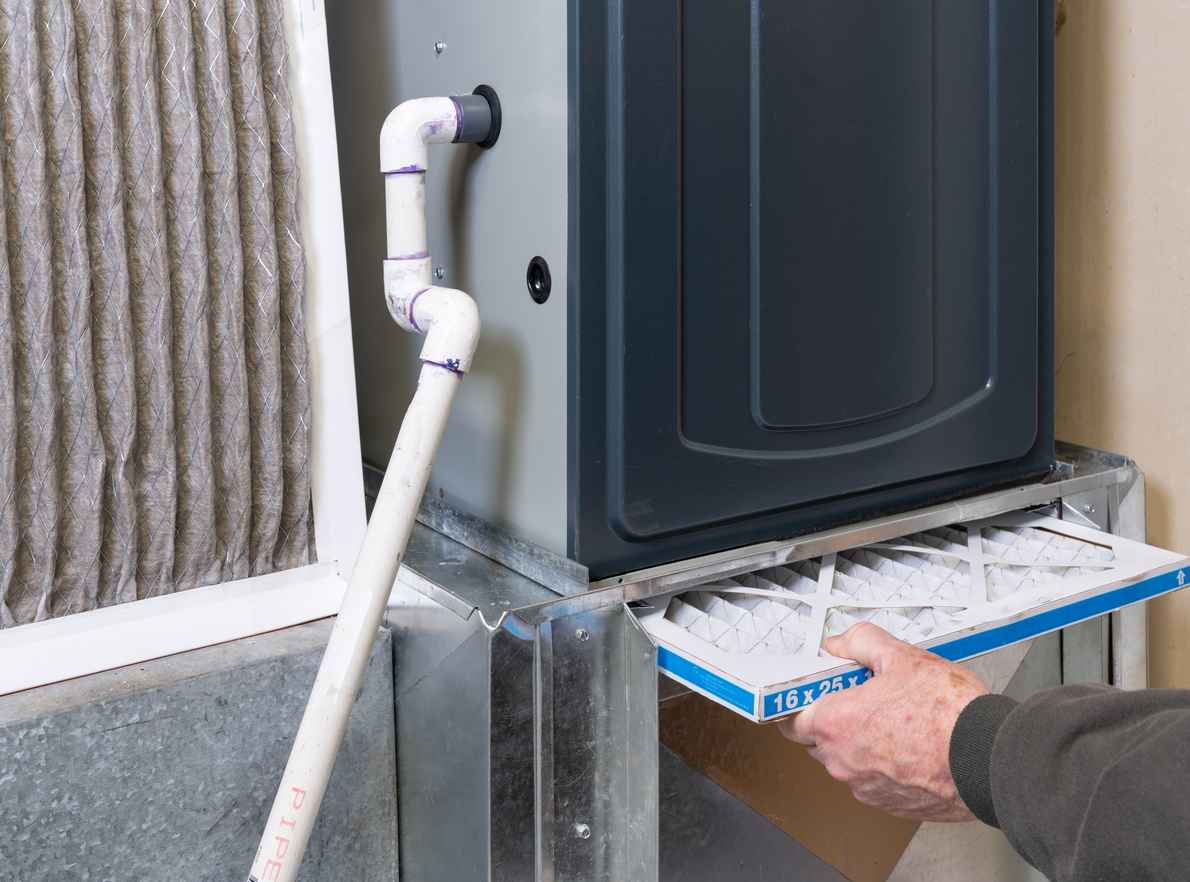
Is Your Furnace Ready for a Central Texas Winter? Austin Homeowners Should Check This First

Don’t Get Spooked by Strange HVAC Noises This Halloween: Austin’s Guide to a Fright-Free, Cozy Home
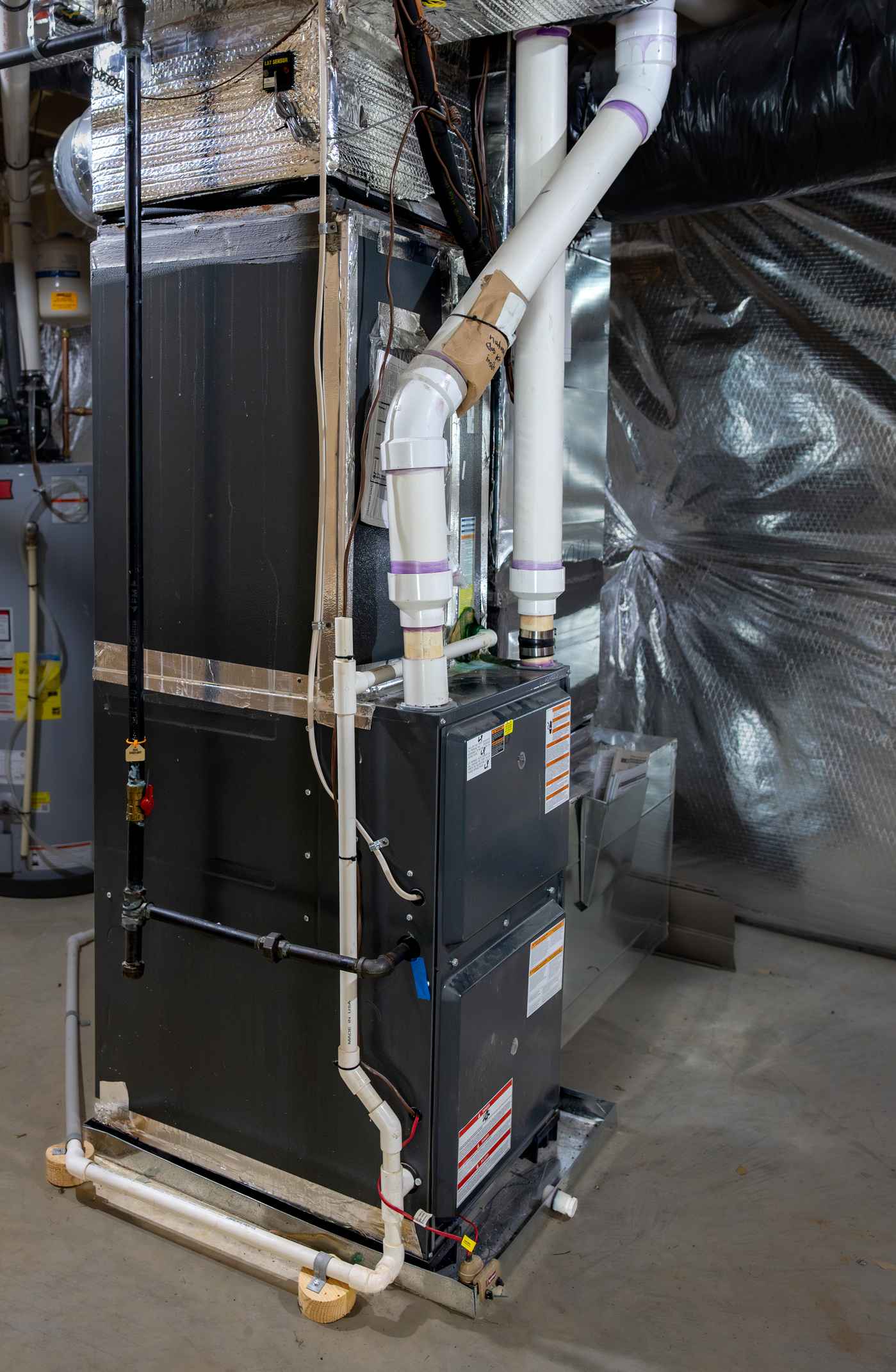
Preparing Your Austin Home for the Switch from AC to Heat
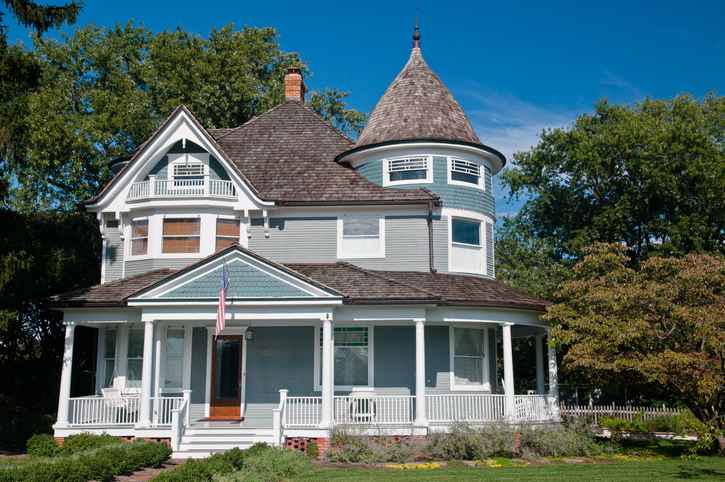
Why Austin’s Older Homes Need Special Attention When It Comes to HVAC Efficiency
